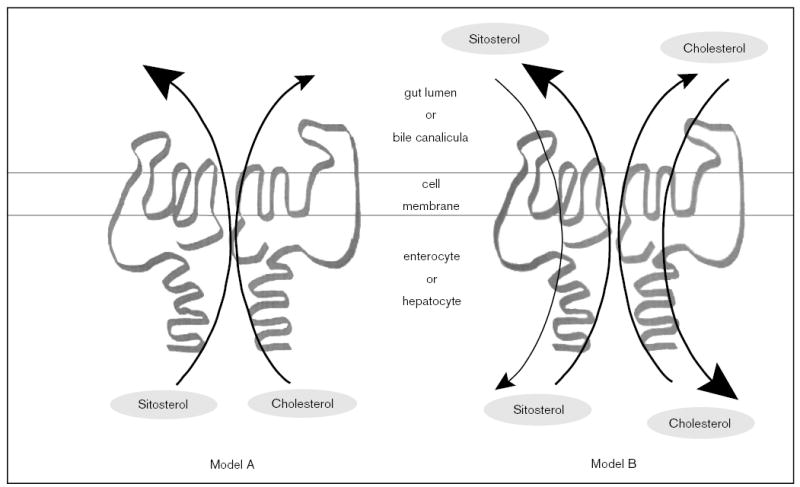Figure 6. Possible models of action of sterolins.

We propose two models that may explain how sterolins function to prevent non-cholesterol sterols (represented by sitosterol) from being retained by the body. In both models, both sterolin-1 and sterolin-2 function as a heterodimer. Model A predicts that the heterodimer is responsible for the exclusion of sterols by actively pumping them out of the cells (the enterocyte or the hepatocyte) at the apical border. However, this pump has a much higher affinity for non-cholesterol sterols compared with cholesterol. Note that this mode of action allows for the sterolins to pump cholesterol into bile, in the absence of non-cholesterol sterols in the liver. However, under model A, sterolins do not regulate the entry of sterols into the enterocyte or the hepatocyte. Model B predicts that the sterolin heterodimer acts in a bi-functional direction, again at the apical surfaces of the enterocyte or the hepatocyte. In this case, the heterodimer shows a higher affinity for the entry of cholesterol versus non-cholesterol sterols into the cells, and a higher affinity for pumping non-cholesterol sterols out of the cells.
